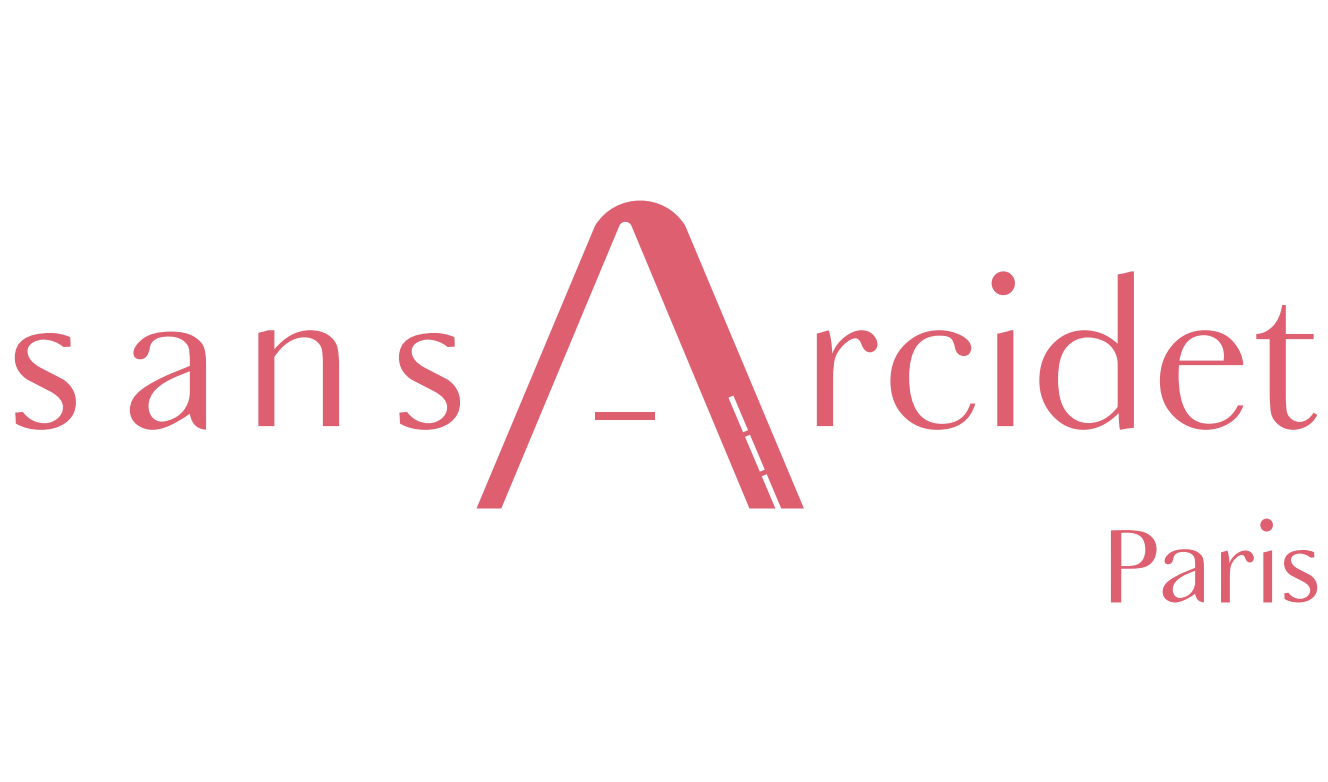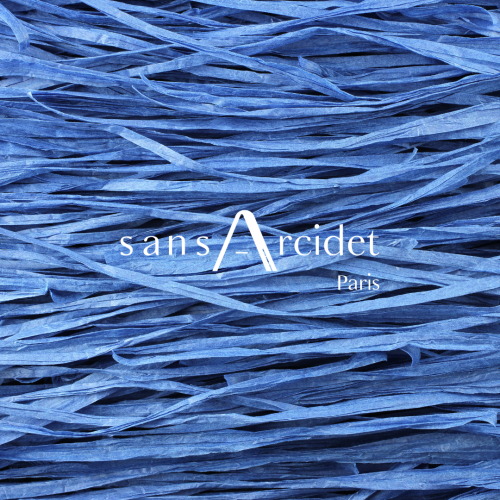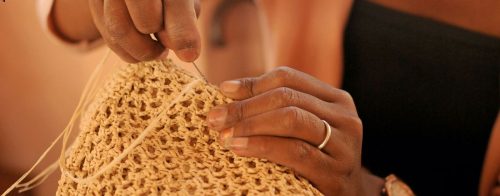Next part of our series of articles on the secrets of Sans-Arcidet Paris. After learning more about raffia in episode 1, today Samuel and Corinne reveal how raffia is dyed, and the different ways to work it!

How the raffia is dyed?
What process do you use to dye raffia?
The raffia is immersed in a vat of hot water, and brought to the ideal temperature to ensure a good cleaning or to ensure the good dissolution of the various pigments used for the colors of the season.
What products do you use to dye raffia?
We use pigment systems designed for natural fibers; these pigments are Oeko-Tex certified. This type of certification is important to us because it guarantees that our partners and suppliers share our values for the preservation of Madagascar.
How the raffia is woven ?
There are different ways to weave raffia, can you tell us more? “Crochet, braid or weave.”
There are as many types of knits as there are volumes or textures desired. Some meshes are only suitable for certain volumes while others can be worked in panels or in a single volume.
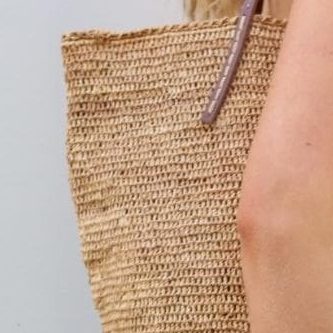
The half flange mesh present on our Beby since 2000 is a mesh that is pleasant to the touch but also a little openwork allowing it to be more flexible.
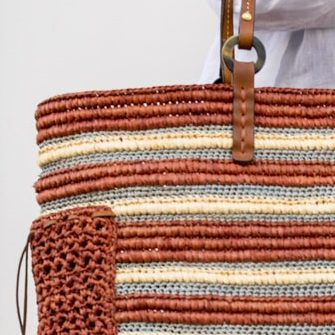
The tight knit mainly used on our classics (example: Fany or Coconut hat) is structured and can be worked at different gauges: thin and a little openwork for the hats, or thick as on our Kapity, or a combination of both as on the Boris.
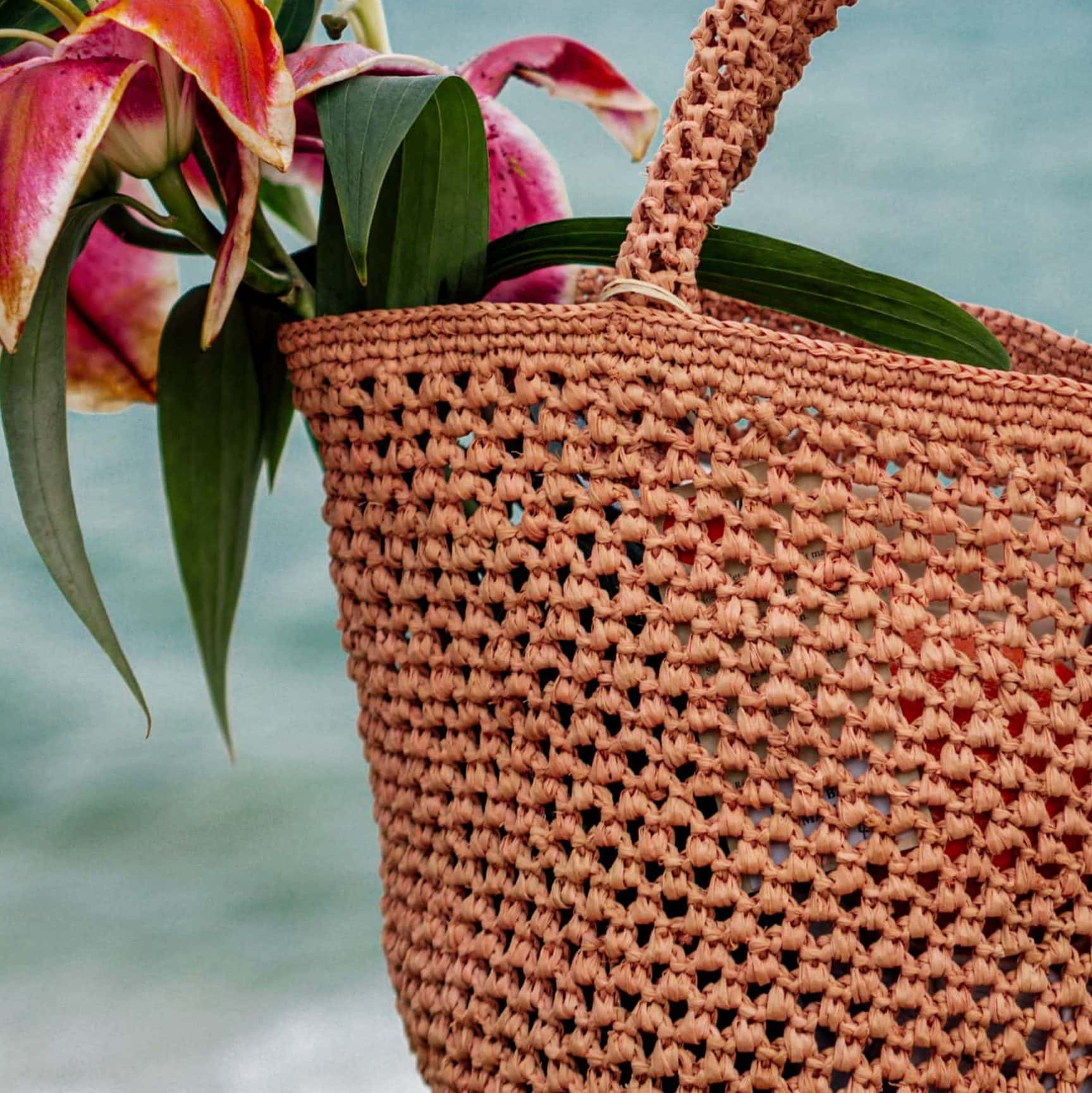
The openwork mesh used on our pockets and beach bags is very complex, but allows for a bag or item that is visibly lighter but also strong and practical.
There are different ways to weave raffia, can you tell us more?
There are countless processes for working with raffia and we have explored almost all of them over the years. A bag can have 4 or 5 different processes. We explore a lot the crochet obviously, but also the braid and the assembly of braids, and the embroidery as well as the weaving or the assembly with other materials…
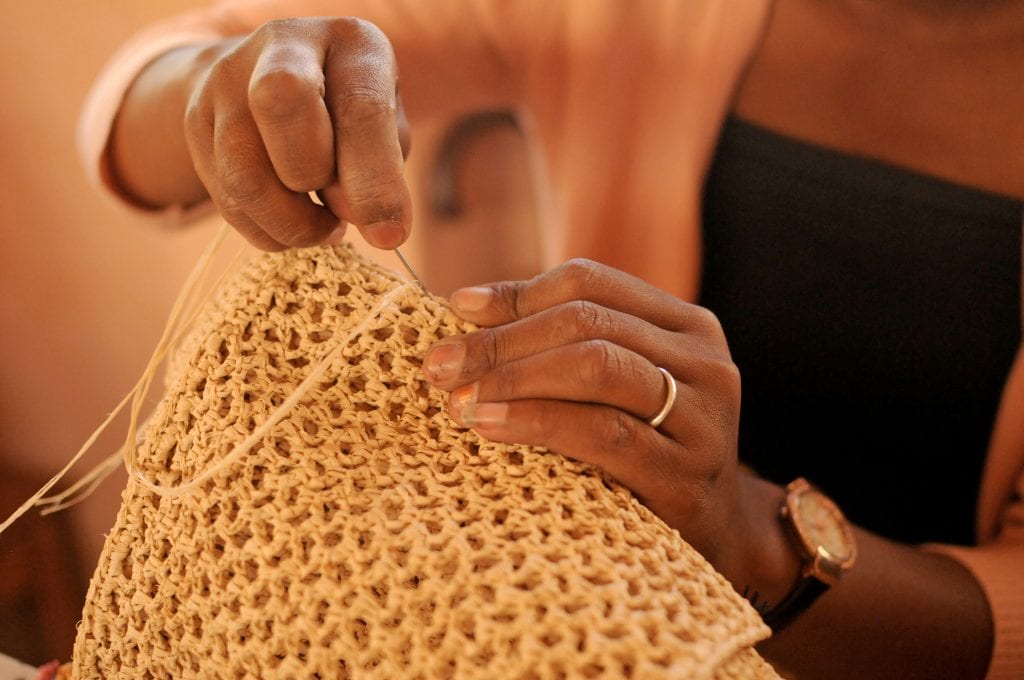
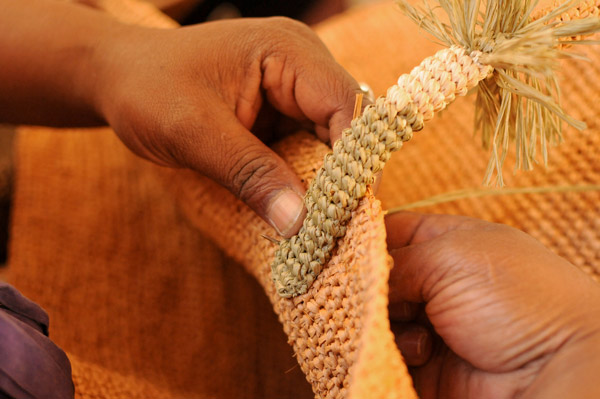
Can you explain where is the difference in the weaving process?
The hook, as its name indicates, is made with a needle extended by a small round hook to manipulate the raffia to create the desired stitch. There are several sizes of hooks depending on the size of the stitch desired.
Braiding allows to obtain many different types of braids, round called bridles, square, flat, openwork, more or less wide or thick. Braiding is very interesting because it can be assembled in panels or in a bag in one piece. It is magical type of process because of its variety.
The weaving is done with a loom and allows a fabric of raffia or rabane in which we can cut panels, and assembly an accessory with a sewing machine, or manually. We are closer here to the traditional approach with clothes (cutting, sewing).
To be continued, with our third episode on the creative process of Sans-Arcidet Paris.
